-

Capacitive sensor
Capanivo® - CN 7100
Medium Liquids Process pressure -1 bar … +10 bar (-14.5 psi … +145 psi) Process temperature -30°C … +100°C (-22 … +212°F) -
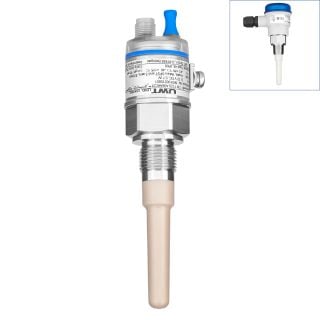
Capacitive sensor
Capanivo® - CN 7120 - Stainless steel
Medium Liquids, Solids Process pressure -1 bar … +25 bar (-14.5 psi … +363 psi) Process temperature -40°C … +125°C (-40°F … +257°F), CIP/SIP up to 150°C (302°F) -
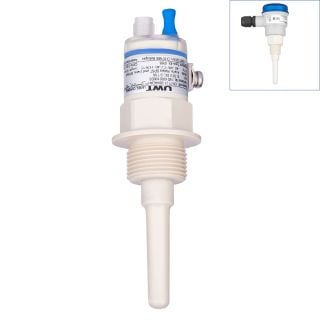
Capacitive sensor
Capanivo® - CN 7121 - Synthetic
Medium Liquids, Solids Process pressure -1 bar … +10 bar (-14.5 psi … +145 psi) Process temperature -40°C … +125°C (-40°F … +257°F), CIP/SIP up to 150°C (302°F) -
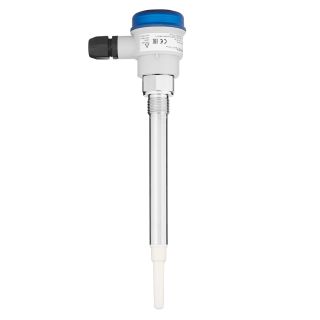
Capacitive sensor
Capanivo® - CN 7130
Medium Liquids, Solids Process pressure -1 bar … +25 bar (-14.5 psi … +363 psi) Process temperature -40°C … +125°C (-40°F … +257°F), CIP/SIP up to 150°C (302°F) -
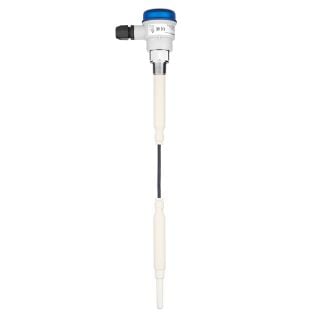
Capacitive sensor
Capanivo® - CN 7150
Medium Liquids, Solids Process pressure -1 bar … +10 bar (-14.5 psi … +145 psi) Process temperature -40°C … +125°C (-40°F … +257°F), CIP/SIP up to 150°C (302°F) -
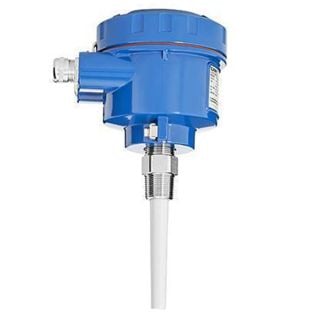
Capacitive sensor
Capanivo® - CN 8100
Medium Liquids Process pressure -1 bar … +25 bar (-14.5 psi … +363 psi) Process temperature -40°C … +125°C (-40°F … +257°F) -
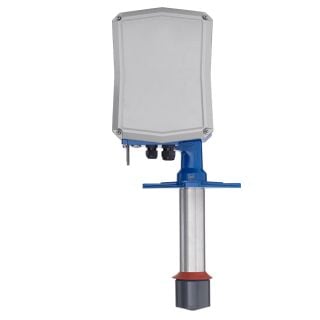
Electromechanical lot system
NivoBob® - NB 3300
Medium Solids Process pressure -0,5 bar … +1,7 bar (-7.3 psi … +25 psi) Process temperature -40°C ... +80°C (-40°F … +176°F) -
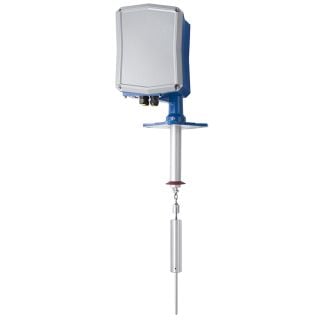
Electromechanical lot system
NivoBob® - NB 3400
Medium Solids Process pressure -0,5 bar … +1,7 bar (-7.3 psi … +25 psi) Process temperature -40°C ... +80°C (-40°F … +176°F) -
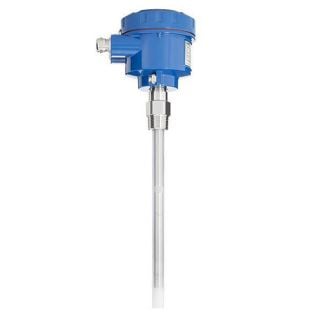
Capacitive sensor
NivoCapa® - NC 8100
Medium Liquids Process pressure -1 bar … +35 bar (-14.5 psi … +511 psi) Process temperature -40°C ... +200°C (-40°F … +392°F) -
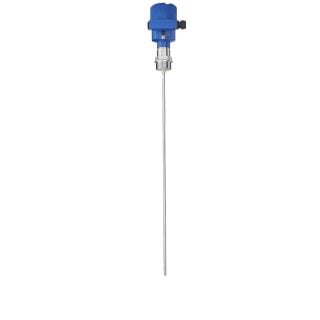
Radar sensors
NivoGuide® - NG 8100
Medium Liquids Process pressure -1 bar … +40 bar (-14.5 psi … +580 psi) Process temperature -60°C ... +200°C (-76°F ... +392°F) -
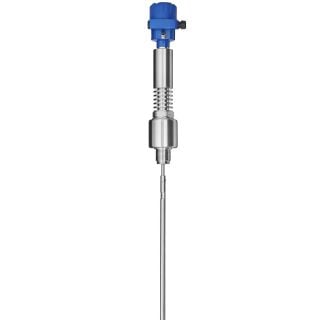
Radar sensors
NivoGuide® - NG 8200
Medium Liquids Process pressure -1 bar … +400 bar (-14.5 psi … +5800 psi) Process temperature -196°C … +450°C (-321°F … +842°F) -
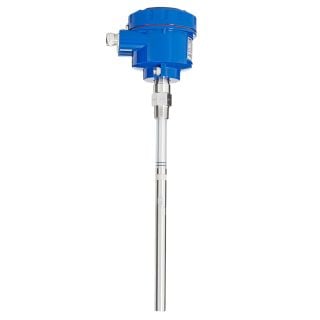
Capacitive sensor
RFnivo® - RF 8100
Medium Liquids Process pressure -1 bar … +35 bar (-14.5 psi … +511 psi) Process temperature -40°C ... +200°C (-40°F … +392°F) -

Capacitive sensor
RFnivo® - RF 8200
Medium Liquids Process pressure -1 bar … +35 bar (-14.5 psi … +511 psi) Process temperature -40°C … +400°C (-40°F … +752°F) -
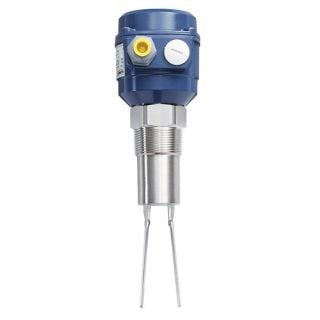
Vibration level switch
Vibranivo® - VN 1020
Medium Solids Process pressure -1 bar … +16 bar (-14.5 psi … +232 psi) Process temperature -40°C … +150°C (-40°F … +302°F) -
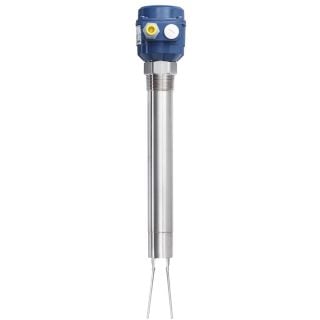
Vibration level switch
Vibranivo® - VN 1030
Medium Solids Process pressure -1 bar … +16 bar (-14.5 psi … +232 psi) Process temperature -40°C … +150°C (-40°F … +302°F) -
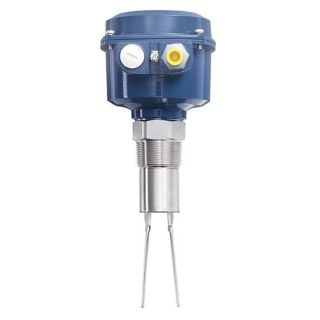
Vibration level switch
Vibranivo® - VN 5020
Medium Solids Process pressure -1 bar … +16 bar (-14.5 psi … +232 psi) Process temperature -40°C … +150°C (-40°F … +302°F) -
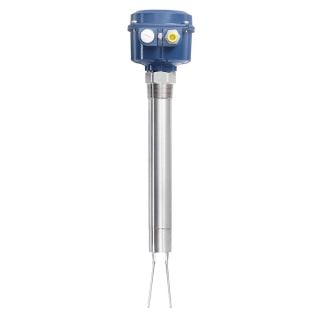
Vibration level switch
Vibranivo® - VN 5030
Medium Solids Process pressure -1 bar … +16 bar (-14.5 psi … +232 psi) Process temperature -40°C … +150°C (-40°F … +302°F)
Interface Measurement
When two liquids cannot be mixed, but separate from each other, this is called an interface. Oil and water is a good example for this phenomenon. Oil floats on water, which leads to the development of a separation layer at the transition point between the two liquids. The is the first one of two varieties of interfaces.
The other one is solids that do not dissolve in liquids, but settle to the bottom, i.e. . One example that can be cited is the sludge layer in a liquid.
The UWT product portfolio offers different solutions for monitoring these two types of interfaces. Both, point level sensors and level sensors, can be used for this purpose - depending on the application.
FAQs
What is interface measurement?
Solids in liquids and sludge levels are usually measured in sediment tanks, filters or lamella separators. Typical areas of application can be found in the metal industry, chemical plants, lime or gravel works and the waste water sector.
Which continuous measurement technology can be used for interface in salt water?
UWT's NB 3300 lot system, specially modified for interface measurements, achieves the required measurement accuracy and material resistance for this application. An accuracy of approx. 1 cm is achieved in particular thanks to the sensing weight, which can be precisely adjusted to the salt level. All parts in the measuring process are specially coated or made of plastic and are therefore highly resistant to the aggressive medium.
